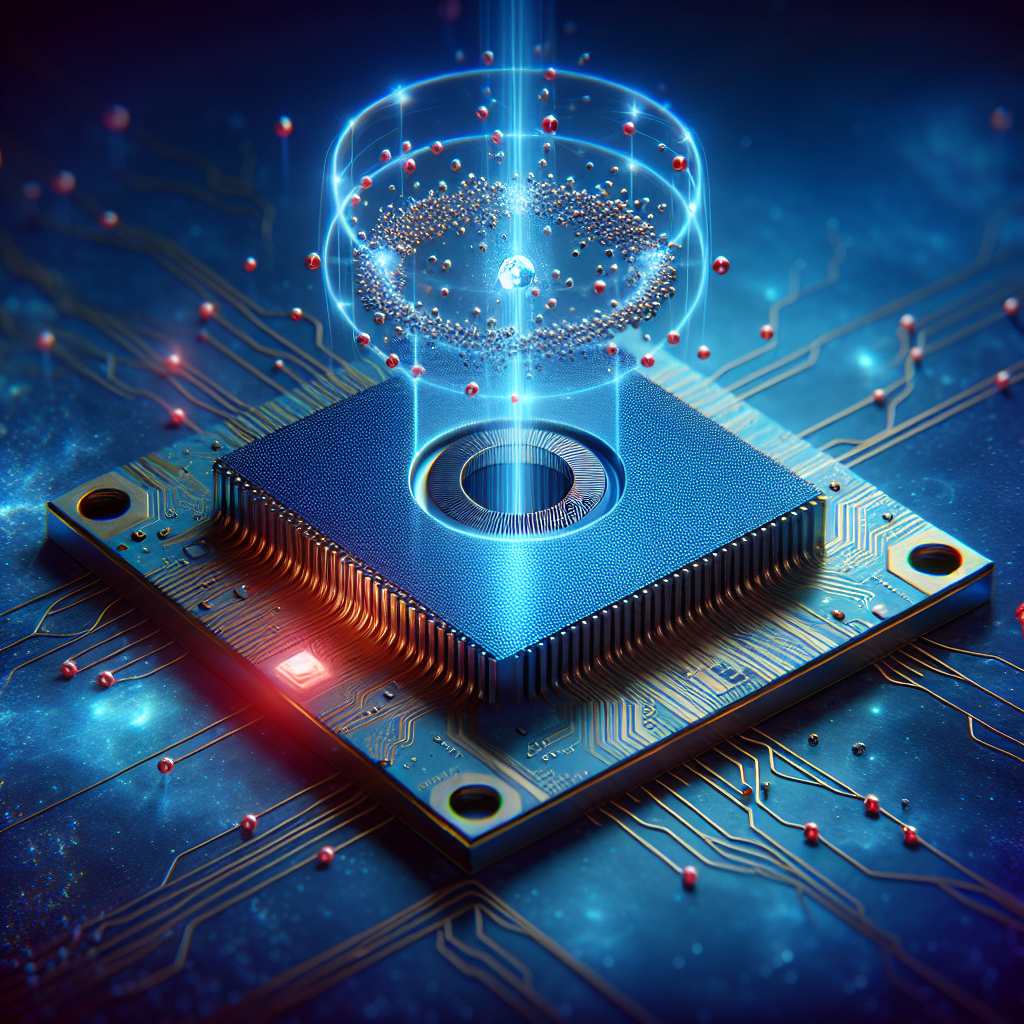
Recent advancements in quantum computing have introduced a magnetic technique that could significantly enhance the stability and efficiency of quantum systems. This innovative approach promises to address longstanding challenges such as decoherence and error rates, which have hindered the practical application of quantum technology.
Understanding the Quantum Landscape
Quantum computers operate on principles of quantum mechanics, utilizing qubits rather than classical bits. While classical bits can represent a value of either 0 or 1, qubits can exist in multiple states simultaneously, enabling a phenomenon known as superposition. Additionally, entanglement allows qubits to correlate with one another over distances, facilitating unprecedented levels of parallel processing.
Despite their remarkable potential, current quantum systems face significant obstacles. Decoherence, which causes qubits to lose their quantum states, presents a major barrier to maintaining the advantages that quantum systems hold over classical computers. To unlock the full capacity of quantum technology, breakthroughs in stability and error correction are essential.
Introducing the Magnetic Technique
Recent research highlights a magnetic technique that may revolutionize how qubits are controlled and manipulated. This method utilizes magnetic fields to improve qubit performance, leading to enhanced coherence times and reduced error rates. As researchers explore the specific applications of this technique, initial findings suggest significant promise.
By employing tailored magnetic fields, scientists can gain finer control over qubits, which is crucial for executing quantum gates—the essential components of quantum algorithms. This increased precision aids in encoding information into qubits while safeguarding against external noise, thereby raising the fidelity of quantum computations.
Scalability remains one of the most pressing challenges within quantum computing. Conventional systems, often reliant on superconducting circuits or trapped ions, struggle to expand to the thousands or millions of qubits necessary for meaningful applications. The magnetic technique simplifies qubit interactions and integration, offering a pathway to more seamless scalability. This innovation aims to reduce the complexity of the physical infrastructure needed for large-scale quantum processors.
Potential Applications and Future Directions
Operating quantum computers typically requires extremely low temperatures to minimize thermal noise, which can be costly and cumbersome. The magnetic technique may enable operation at higher thermal regimes, potentially making quantum computing more accessible and practical in standard room-temperature environments.
The implications of this magnetic technique are far-reaching, particularly in the realm of quantum algorithms. Enhanced performance can significantly benefit optimization problems, cryptography, and simulations in material science. For instance, advancements in drug discovery could arise from faster calculations of complex molecular interactions, expediting the development of effective treatments.
Moreover, progress in cryptography could lead to unbreakable codes, ensuring the security of sensitive information across various sectors, including finance and national security.
As the magnetic technique gains traction, collaboration among physicists, engineers, and computer scientists will be vital. While initial results are promising, rigorous experimental validation and optimization will be necessary to harness its full potential. This innovative method not only represents a technical advancement but signifies a shift in the overarching approach to quantum computing.
In summary, the introduction of the magnetic technique marks a pivotal moment in the evolution of quantum computing. Its ability to enhance qubit control, improve scalability, and reduce error rates suggests we are edging closer to realizing the true power of quantum mechanics. While challenges remain, the future of quantum computing appears increasingly promising, poised to drive revolutionary changes across multiple industries and everyday life. The journey into this new technological frontier has just begun, and its potential seems limitless.







